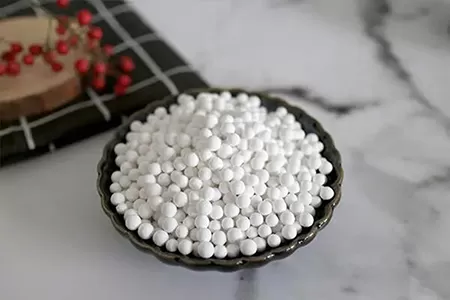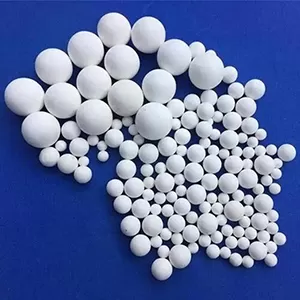The service life of ceramic balls varies significantly depending on material composition, application conditions, and operational factors. Generally ranging from several months to several years, it is influenced by wear intensity, environmental corrosion, and maintenance practices. Understanding these variables helps in estimating and extending their functional duration in different settings.

Material purity and type play a key role. High - purity alumina ceramic balls, with 95% or higher alumina content, exhibit superior wear resistance, often lasting 1 to 3 years in moderate grinding applications. Zirconia ceramic balls, valued for toughness, can endure 6 months to 2 years in high - impact environments like industrial mills. Silicon carbide ceramic balls, extremely hard, may last 2 to 5 years in low - corrosion, abrasive - heavy processes such as mineral grinding.
Application conditions directly affect longevity. In ball mills processing hard ores, ceramic balls face intense abrasion, shortening their life to 3 to 8 months. As packing in chemical columns with mild acids, they resist corrosion better, lasting 2 to 4 years. In water treatment systems with minimal friction, their service life can extend beyond 5 years.
Operational parameters matter too. Overloading mills increases ball - to - ball and ball - to - material collisions, accelerating wear. Running at optimal rotational speeds reduces unnecessary friction, prolonging life. Regular cleaning to remove debris prevents abrasive particles from grinding against the balls, maintaining their integrity longer.
Maintenance practices influence durability. Periodic inspection and replacement of worn balls prevent uneven wear on remaining ones, extending the overall service life of the batch. Using compatible liners in equipment reduces friction between balls and machinery, further preserving the ceramic surfaces.

Environmental factors like temperature and humidity also impact lifespan. Exposure to extreme heat can cause thermal stress, leading to cracks in some ceramic types, reducing their effective life. High humidity in combination with corrosive substances may degrade ceramic surfaces over time, especially in less resistant formulations.
In summary, the service life of ceramic balls is not fixed but depends on a mix of material properties, application demands, and operational care. By selecting the right ceramic type for the task and maintaining optimal conditions, users can maximize their functional lifespan, balancing performance and cost - effectiveness.

